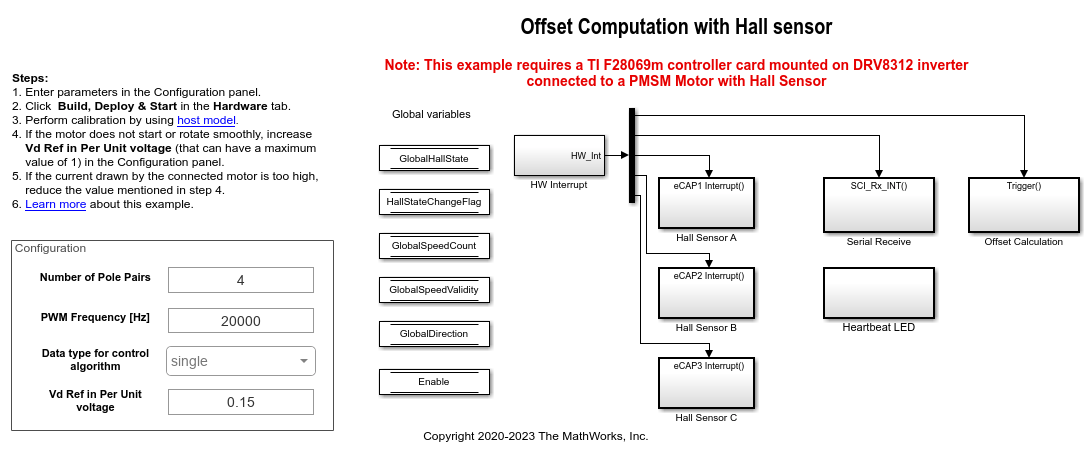Hall Speed and Position
使用霍尔传感器计算转子转速和估计转子位置
库:
Motor Control Blockset /
Sensor Decoders
描述
Hall Speed and Position 模块通过跟踪霍尔状态的变化来计算转子的机械转速。该模块还通过使用方向、霍尔状态和外部计数器值输入来估计转子的电气位置。
该模块在控制器算法定义的固定时间间隔后周期性地执行。
示例
端口
输入
输出
参数
扩展功能
版本历史记录
在 R2020a 中推出

